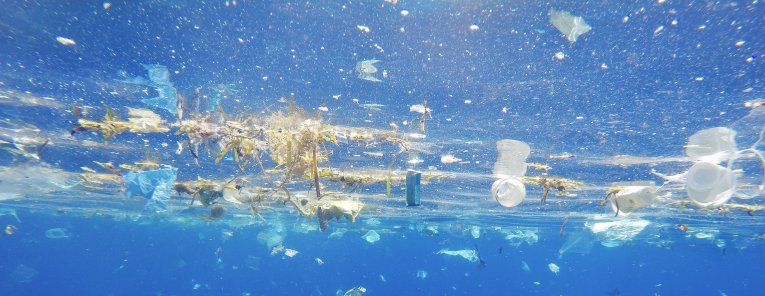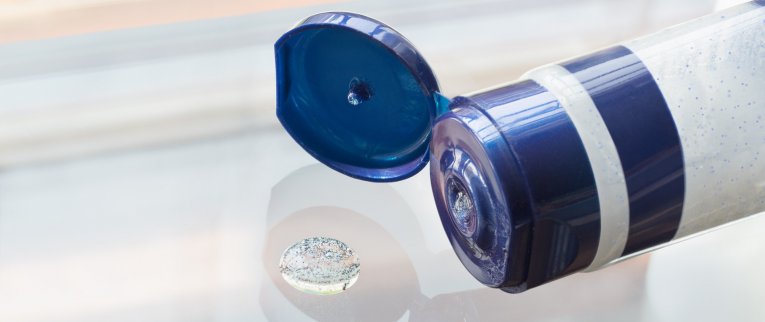Introduction
The challenge of microplastics is global and effects the whole seafood supply chain. The body of science on this topic is growing but is still in its relative infancy. There are a range of issues associated with plastics including:
- ingestion of plastics and microplastics by marine life, and their impact on the animal’s physiology,
- the direct physical harm effect of plastics on fauna,
- the consequences for the consumer of eating contaminated seafood (usually focusing on filter feeders such as bivalve molluscs and the subject of microplastics); and
- the impact of chemicals which may be associated with the plastics, or the impact of those chemicals that may become attracted to the plastics in the ocean.
- The establishment of reliable methods for their consistent analysis.

Current data on the reach of microplastics
At this stage, we know that plastics and microplastics are ingested by marine life. Estimates on historical data showed that plastics are predicted to be ingested by 90% of seabirds, globally (and estimated to reach 99% by 2050)1. Plastics have also been recorded in fish populations: at a rate of 35% on planktivorous species in the North Pacific2; at different frequencies in North Sea fish species3; and occur in high frequencies in crustaceans such as Nephrops4. We therefore know that plastic is being ingested by marine life and we know that in some instances the direct physical effects can be damaging, such as with whales5. What we don’t know (at this stage) is the level of risk attached to the ingestion for the consumer of seafood products that may contain plastics or microplastics.
Reduced exposure to environmental contaminants in small pelagics
Marine ingredients producers routinely screen raw material for the presence of macroplastics and remove these contaminants before the raw material enters production where possible. In terms of overall risk of the introduction of plastics, it should be recognised that many of the small pelagic fish species that are used for the production of fishmeal and fish oil (e.g., Peruvian anchovy, Engraulis ringens) are planktivores showing high fecundity, productivity and recruitment as well as short-lived life-history strategies. These are the “opportunistic strategists”6 that can show high fluctuations in populations when the environmental conditions are right. Being short-lived species they often mature within the first two years. These small pelagic species do not generally, therefore, have the length of exposure to environmental contaminants (including plastics) that are seen in other species.
Current data on fishmeal samples
Recent publications have identified the presence of plastics in fishmeal samples7 with a range of different concentrations reported. This is unsurprising given the knowledge of the distribution of plastics in the environment. The authors also note that the conditions during processing and packaging may also be potential sources of contamination based on the presence of rayon fibres in samples analysed. Some studies have looked at the impact of the presence of plastics in aquafeeds8, but often the concentrations used in test diets are significantly higher than the levels found in the environment, so extrapolation from such studies to the field requires caution. In addition, it has been noted that there is no formally recognised established method (ISO certified) for the measurement of microplastics. This lack of defined methodology for their measurement makes it a difficult set standards or regulations on the management of microplastics in feedstuffs.

As an industry, we continuing to investigate the full picture of any risk that may be attached to the presence of plastics in marine ingredients and promote the continuation of high quality scientific research in this field to support policy decisions and any future regulation or management of this issue.
- http://www.pnas.org/content/112/38/11899.abstract
- http://www.sciencedirect.com/science/article/pii/S0025326X10003814
- http://pubs.acs.org/doi/abs/10.1021/es400931b
- https://www.researchgate.net/profile/Fiona_Murray5/publication/51055808_Plastic_contamination_in_the_decapod_crustacean_Nephrops_norvegicus_Linnaeus_1758/links/5433be780cf2bf1f1f2622d5/Plastic-contamination-in-the-decapod-crustacean-Nephrops-norvegicus-Linnaeus-1758.pdf
- http://www.bbc.co.uk/news/uk-scotland-highlands-islands-40354561
- https://doi.org/10.1046/j.1365-2400.2003.00359.x
- https://doi.org/10.1016/j.aquaculture.2020.736316
- https://doi.org/10.1016/j.marpolbul.2020.111210









